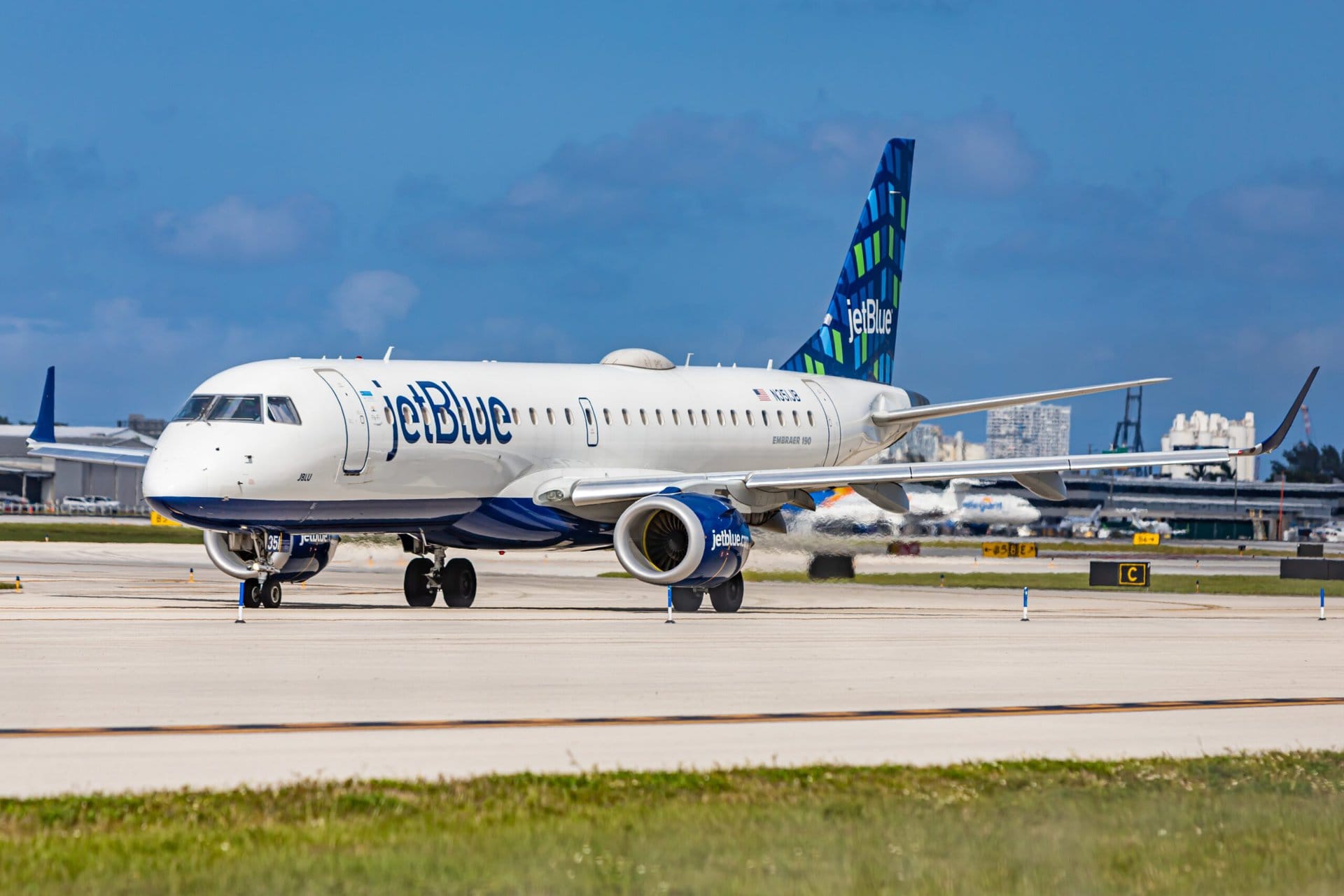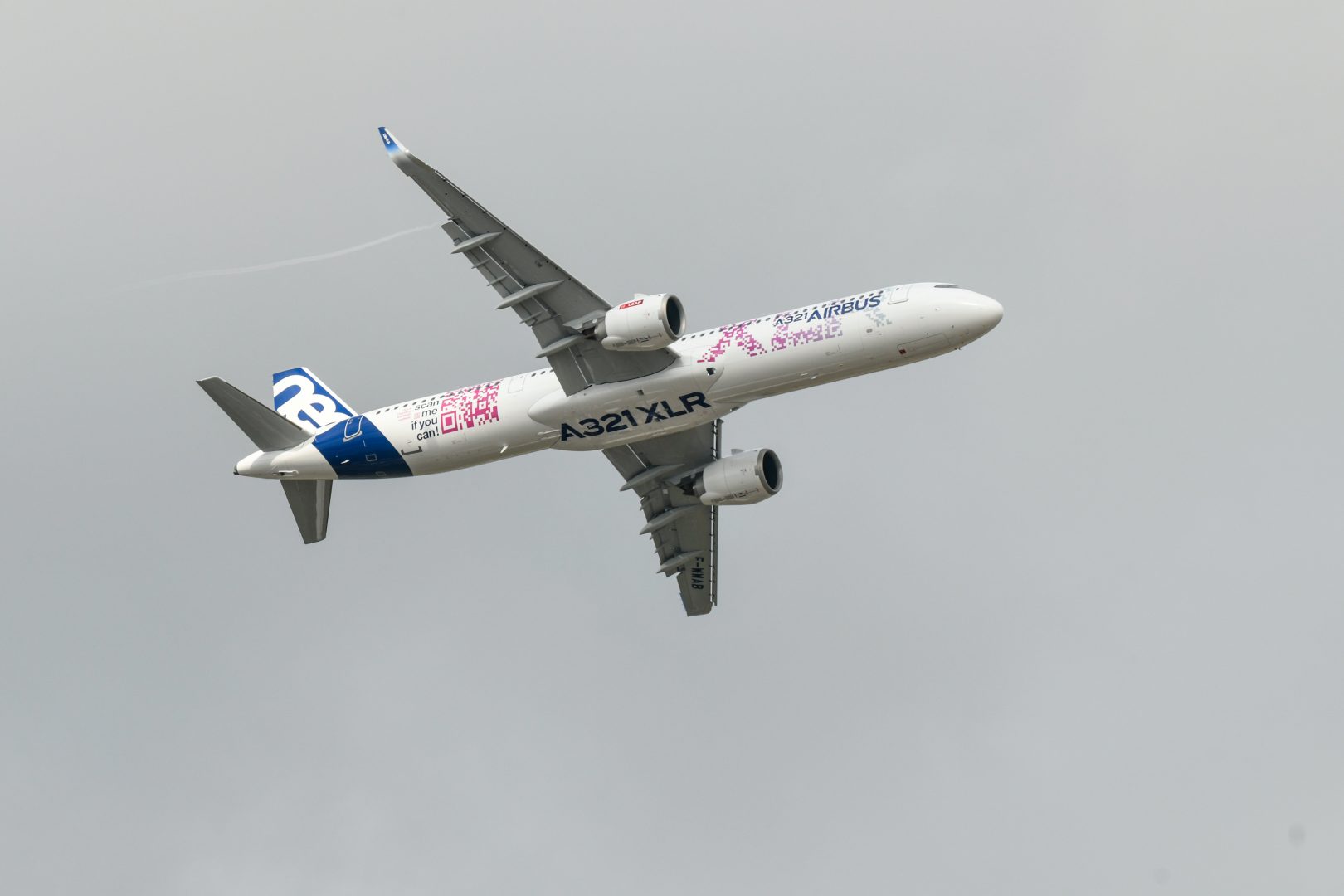FAA Approves Return of 737 Max 9, but Boeing Isn’t off the Hook
Alaska Airlines, United Airlines, Copa Airlines, and Aeromexico have announced their plans to return the aircraft to the skies, but the FAA says “it won’t be back to business as usual for Boeing”
January 25, 2024
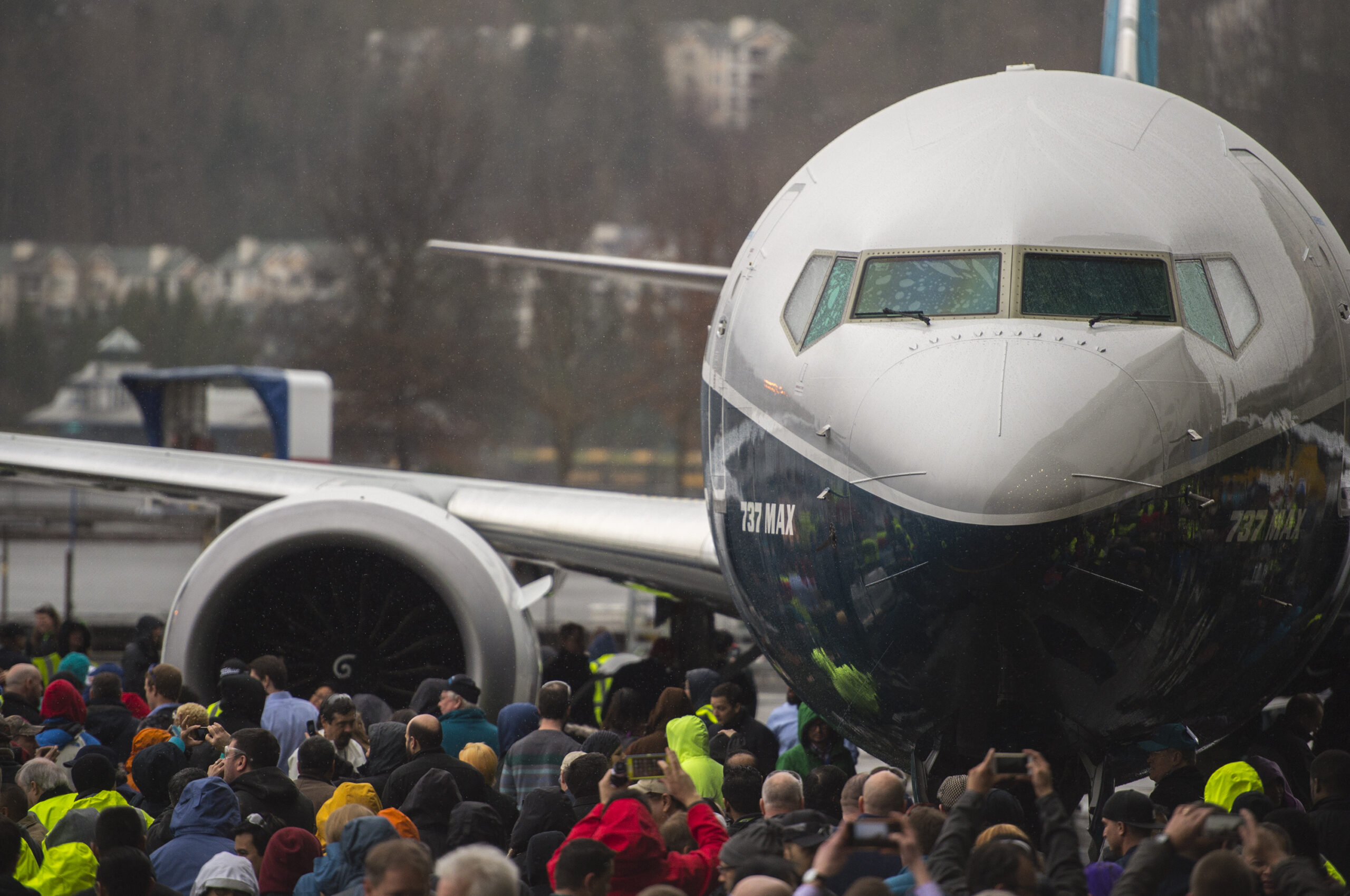
Photo: First Boeing 737 MAX 9. Courtesy of Boeing Commercial Airplanes
The Federal Aviation Administration (FAA) has announced that the Boeing 737 MAX 9 aircraft can resume flying after undergoing inspections and maintenance checks.
Alaska Airlines, United Airlines, Copa Airlines, and Aeromexico are expected to resume services with the grounded aircraft between January 26 and January 31.
In response to the January 5 incident over Portland, the FAA has implemented a series of measures to enhance oversight, inspection, and maintenance processes, ensuring that every aircraft meets the highest safety standards.
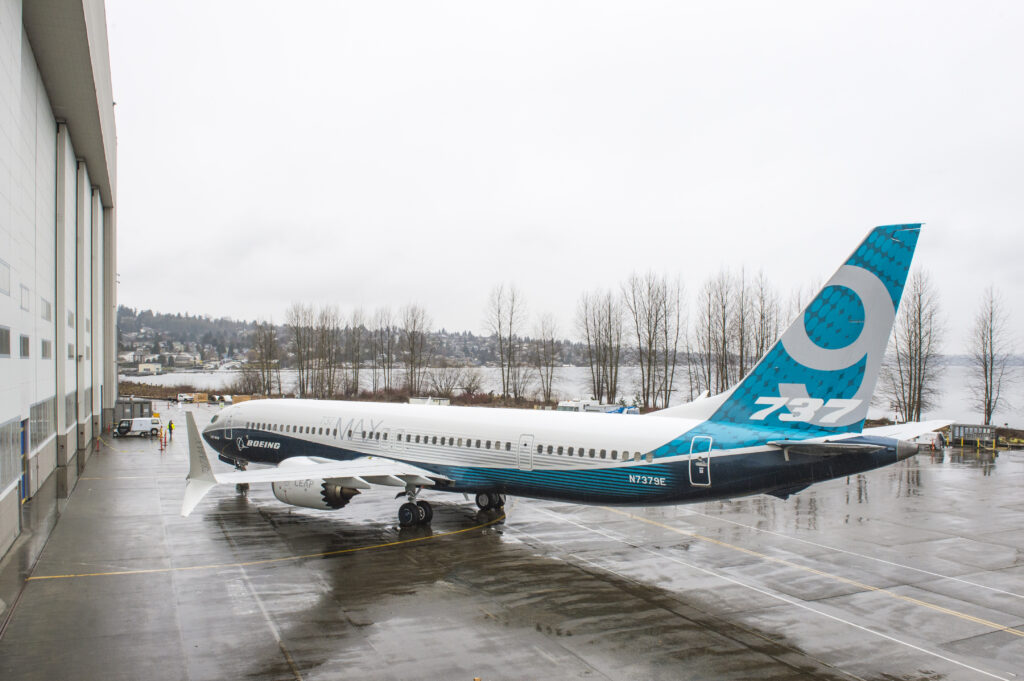
Photo: First Boeing 737 MAX 9. Courtesy of Boeing Commercial Airplanes
Alaska and United reported finding loose bolts on several MAX 9 planes after the accident. As a result, a thorough inspection process has been initiated, including inspecting specific bolts, guide tracks, fittings, and dozens of associated components and visually inspecting the door plugs. In addition, fasteners will be retorqued, and any other issues will be corrected. The inspection should be completed quickly.
Alaska Airlines’ Inspection Plan and Return to Service
In the aftermath of the Alaska Airlines Flight 1282 incident, the FAA grounded all 737 MAX 9 aircraft in the United States. With 65 MAX 9s in its fleet, Alaska Airlines expects to return the aircraft to service on Friday, January 26.
The airline has outlined a detailed inspection plan that includes confirming proper installation, inspecting for damages and abnormalities, and ensuring adequate sealing before returning the aircraft to service. Alaska Airlines expects all 737 MAX 9 planes to return to service next week.
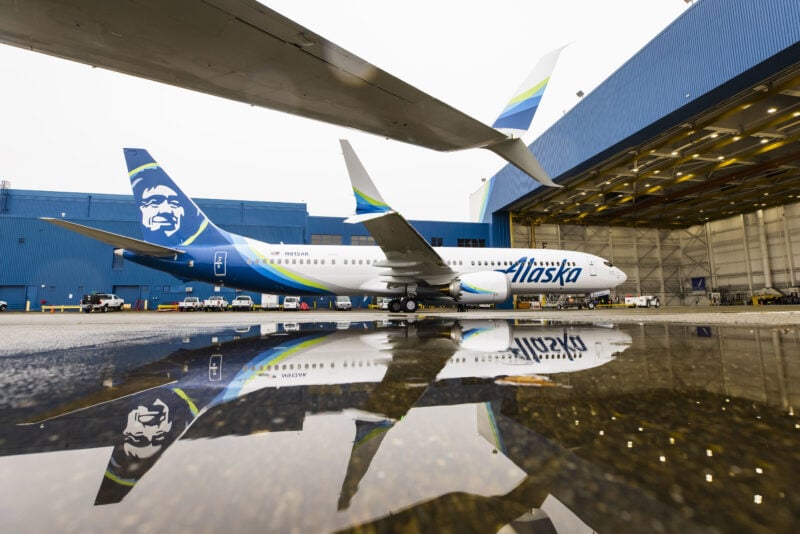
Photo: Courtesy of Alaska Airlines
“We are preparing to begin detailed final inspections of our 737 MAX 9 aircraft,” said the airline. “We expect to safely bring the first planes back into commercial service on Friday.”
The airline had to cancel hundreds of flights and reroute thousands of passengers. On Thursday, they announced that the weeks-long grounding of the aircraft would cost the company $150 million.
The airline’s CEO, Ben Minicucci, told NBC News on Tuesday: “I’m more than frustrated and disappointed. I am angry.”
The airline hoped to increase capacity by two points—from 3 percent to 5 percent—in 2024. However, “given the grounding and the potential for future delivery delays, the Company expects capacity growth to be at or below the lower end of this range.”
United’s Response and Approval
Likewise, United Airlines, one of the most affected carriers, recently announced plans to return its fleet of 79 Boeing 737 MAX 9 aircraft to service.
Under FAA supervision, the airline conducted in-depth inspections of the affected door plug area, ensuring compliance with the FAA-ordered inspection and maintenance process. The inspection involved the removal of interior panels, seats, and sidewall liners, followed by meticulous checks and necessary repairs.
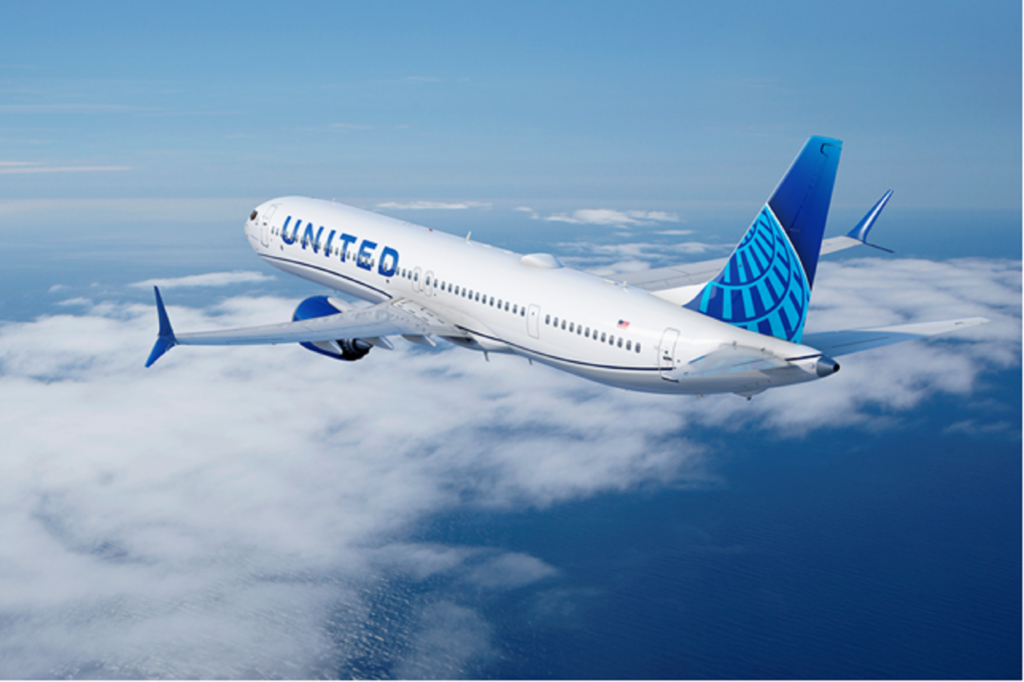
Photo: United Airlines, Boeing 737 MAX 9. Courtesy of Boeing
United’s Executive Vice President and Chief Operations Officer, Toby Enqvist, acknowledged the efforts of their Tech Ops team in ensuring the safe return of the MAX 9 to service.
“We received final approval from the FAA to complete the process to return our fleet of 79 Boeing 737 MAX 9 to service,” Enqvist said. “We will only return each MAX 9 aircraft to service once this thorough inspection process is complete.”
During an interview on CNBC’s Squawk Box, United Airlines CEO Scott Kirby stated, “I think the MAX 9 grounding is probably the straw that broke the camel’s back for us. We’re going to at least build a plan that doesn’t have the MAX 10 in it.”
The 737 MAX 10 is the largest variant of the MAX product and has yet to be certified by the FAA.
As a precautionary move, United removed the 737 MAX 9 from its capacity guidance for January and had previously expected 31 planes to be delivered from Boeing in 2024.
However, as noted by Jon Ostrower, of the aviation industry news site The Air Current, “that figure is unlikely to materialize in 2024 and evaluating its 2025 fleet plan with implied 737 MAX 10 delays.”
“We can’t count on it, so we’re working on alternate plans,” added United CFO Mike Leskinen.
Copa Airlines Was Severely Impacted by the 737 MAX 9 Grounding
Alaska Airlines and United Airlines are not the only airlines planning to resume 737 MAX 9 services on January 25. Copa Airlines, which operates most of its MAX 9s on U.S. and deep South America routes, expects to return most 737 MAX 9 flights to service today.
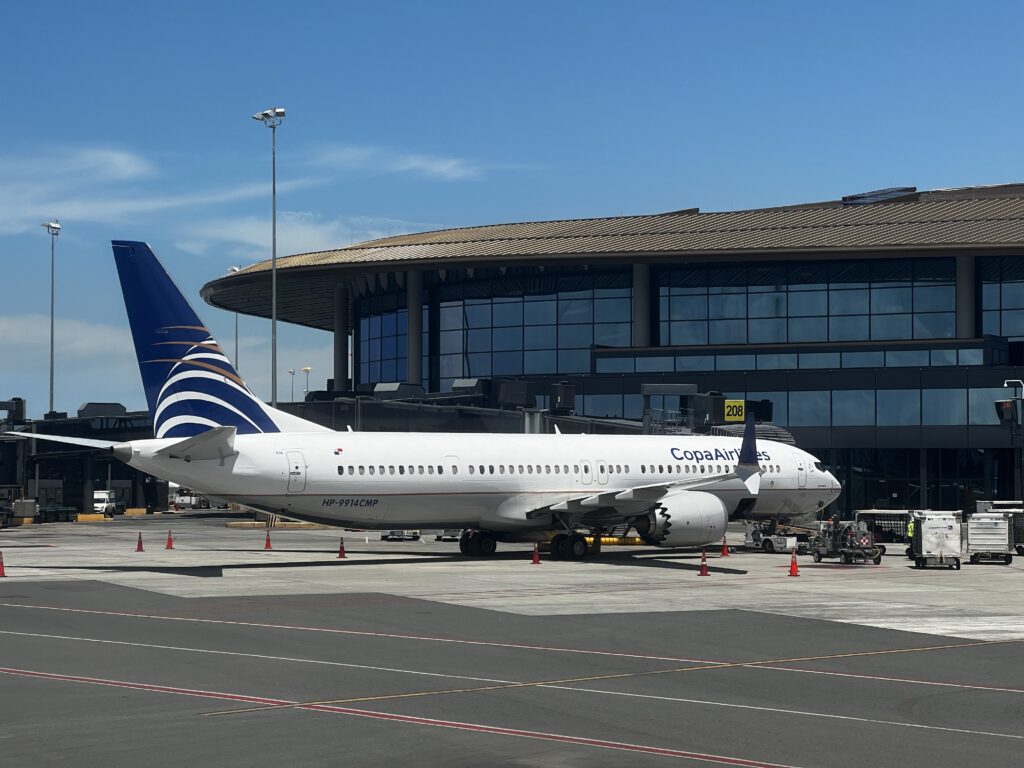
Photo: Copa Airlines, Boeing 737 MAX 9. Courtesy of Enrique Perrella
The Panamanian carrier was severely impacted by the 737 MAX 9 grounding, as it represented almost one-third of the airline’s fleet. Copa had to cancel hundreds of flights to cope with the situation.
“The FAA has authorized us to carry out the inspection process of our 737 MAX 9 airplanes. We are pleased to announce that the inspection of our 21 parked MAX 9 aircraft is expected to be completed within the next 36 hours. Once the inspection is complete, we will ensure that they return to service safely and securely,” the airline stated in a press release late Wednesday night.
“From January 25, we will restart most of the flights canceled on January 27 and 28,” the airline said.
Aeromexico Is Set to Return 19 Planes to Service
Aeromexico, the Mexican flag carrier, also received authorization to inspect and return its 19 Boeing 737 MAX 9 fleet to the skies.
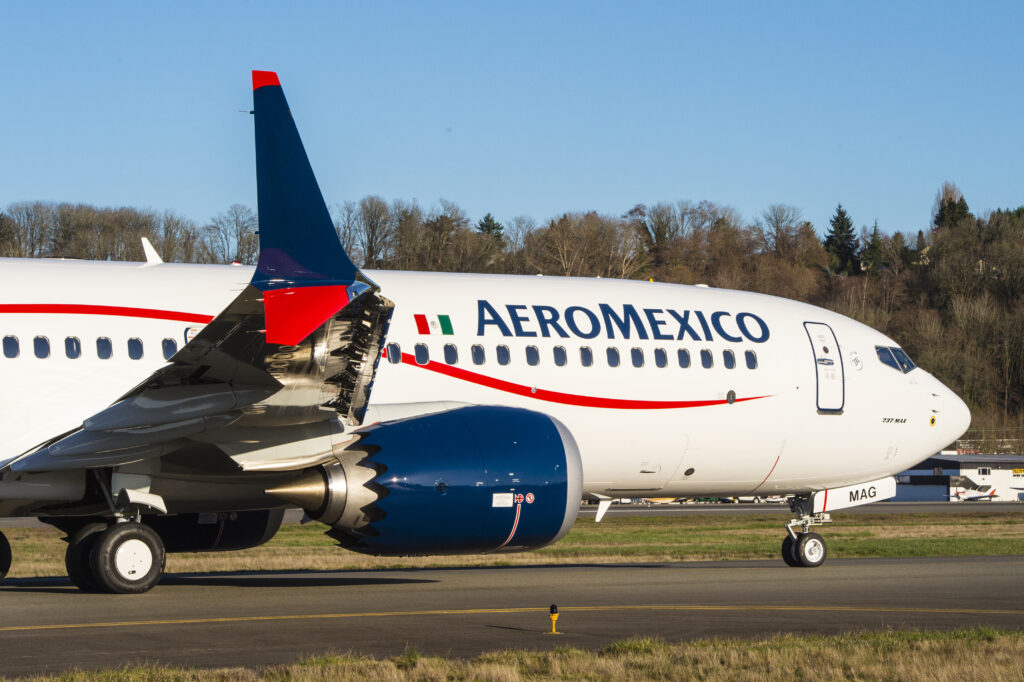
Photo: Aeromexico, Boeing 737 MAX 9. Courtesy of Boeing
The airline, which operates the plane on its most premium routes to the United States and other long-haul destinations to South America, informed its passengers that it had received the green light to reincorporate the plane into operation “once the inspections approved by the FAA are completed, a situation that we hope will conclude in the coming days,” the company said in a statement.
FAA: “It Won’t Be Back to Business as Usual for Boeing”
But returning the planes to the skies doesn’t mean Boeing is off the hook. The FAA, led by Administrator Mike Whitaker, has taken a firm stance on the safety of Boeing 737 MAX 9 aircraft.
The agency has refused any production expansion of the MAX, emphasizing a meticulous investigation and heightened oversight of Boeing and its suppliers.
Whitaker highlighted the FAA’s commitment to safety: “We grounded the Boeing 737 MAX 9 within hours of the incident… this won’t be back to business as usual for Boeing.”
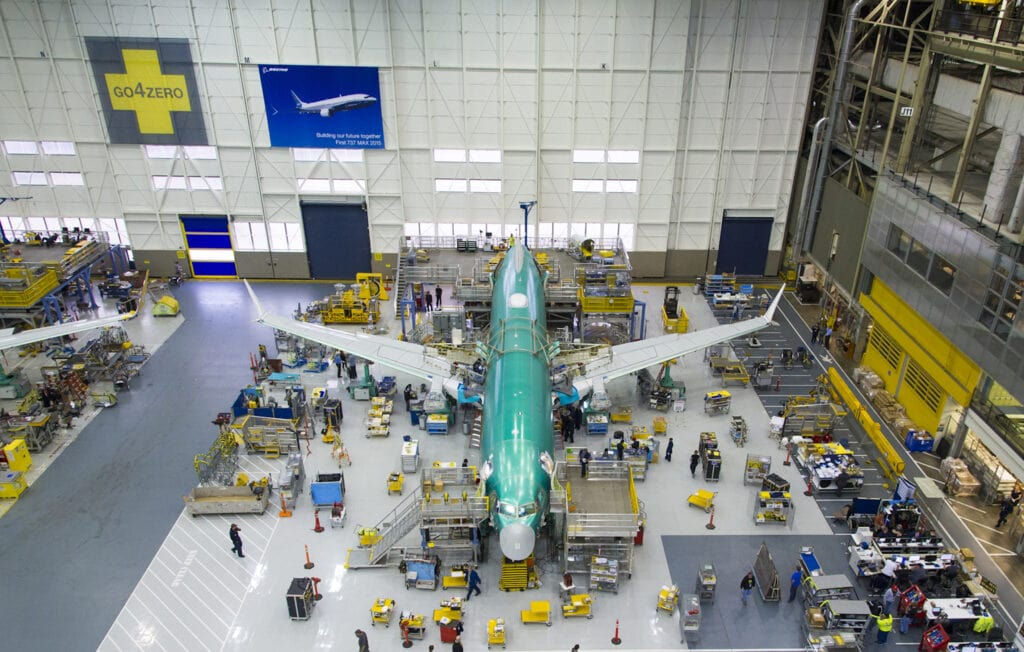
Photo: Boeing’s Renton Factory, First 737 MAX. Courtesy of Boeing Commercial Airplanes
The FAA has approved a thorough inspection and maintenance process for the 171 grounded Boeing 737 MAX 9 aircraft. This process includes detailed inspections, retorquing fasteners, and correcting any damage or abnormal conditions. The FAA’s Corrective Action Review Board, composed of safety experts, scrutinized and approved these measures, ensuring a meticulous approach to safely returning the aircraft to service.
Administrator Whitaker expressed dissatisfaction with the quality assurance issues seen in Boeing’s production lines, leading to increased oversight activities. The FAA has capped expanded production of new Boeing 737 MAX aircraft, launched an investigation into Boeing’s compliance with manufacturing requirements, and expanded oversight with increased floor presence at all Boeing facilities.
The agency is determined to hold Boeing accountable and ensure full compliance with required quality control procedures.
The FAA is closely monitoring data to identify potential risks, launching an analysis of safety-focused reforms around quality control and delegation. The agency remains committed to supporting the National Transportation Safety Board’s (NTSB) investigation into Alaska Airlines Flight 1282.

